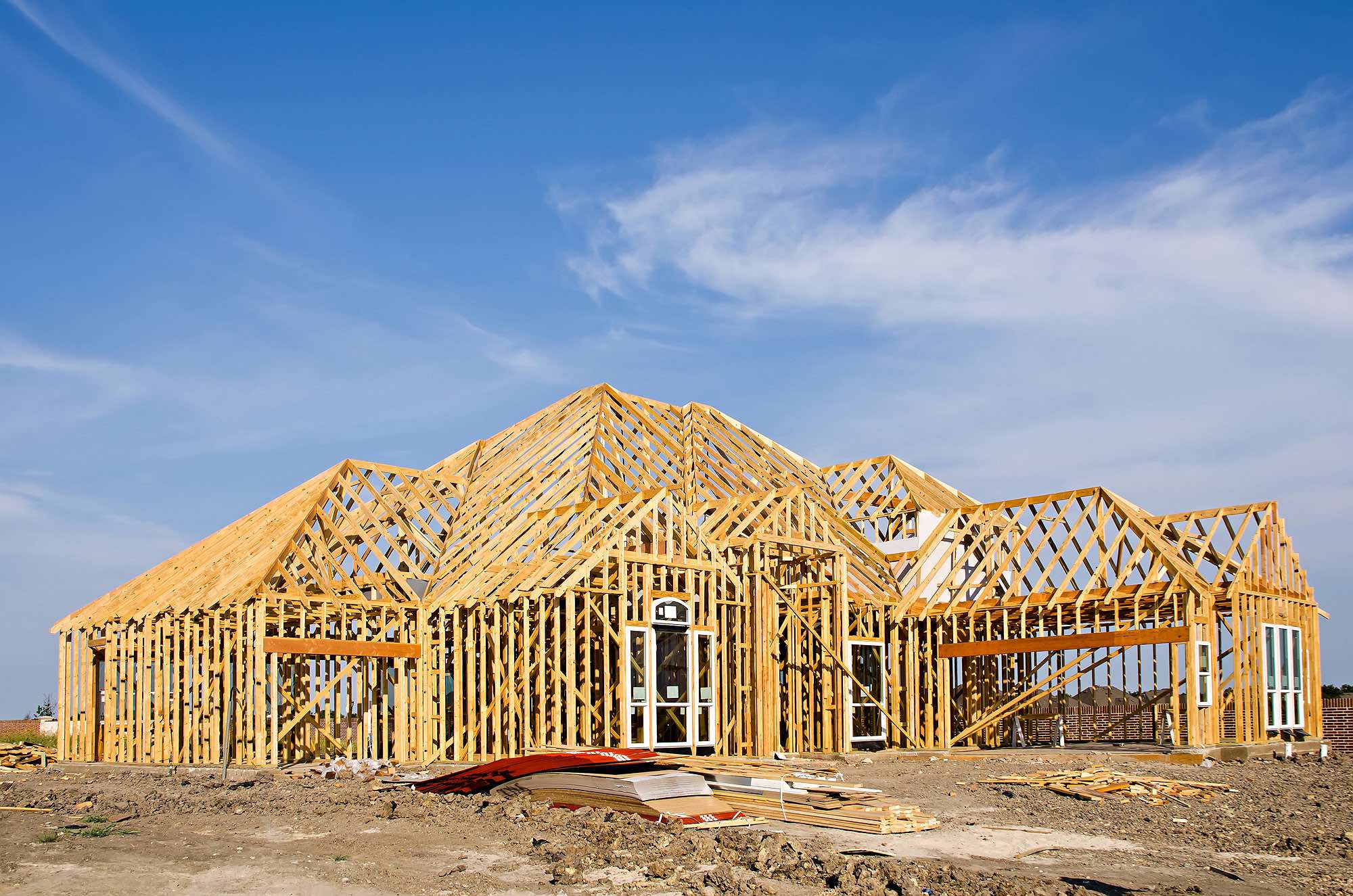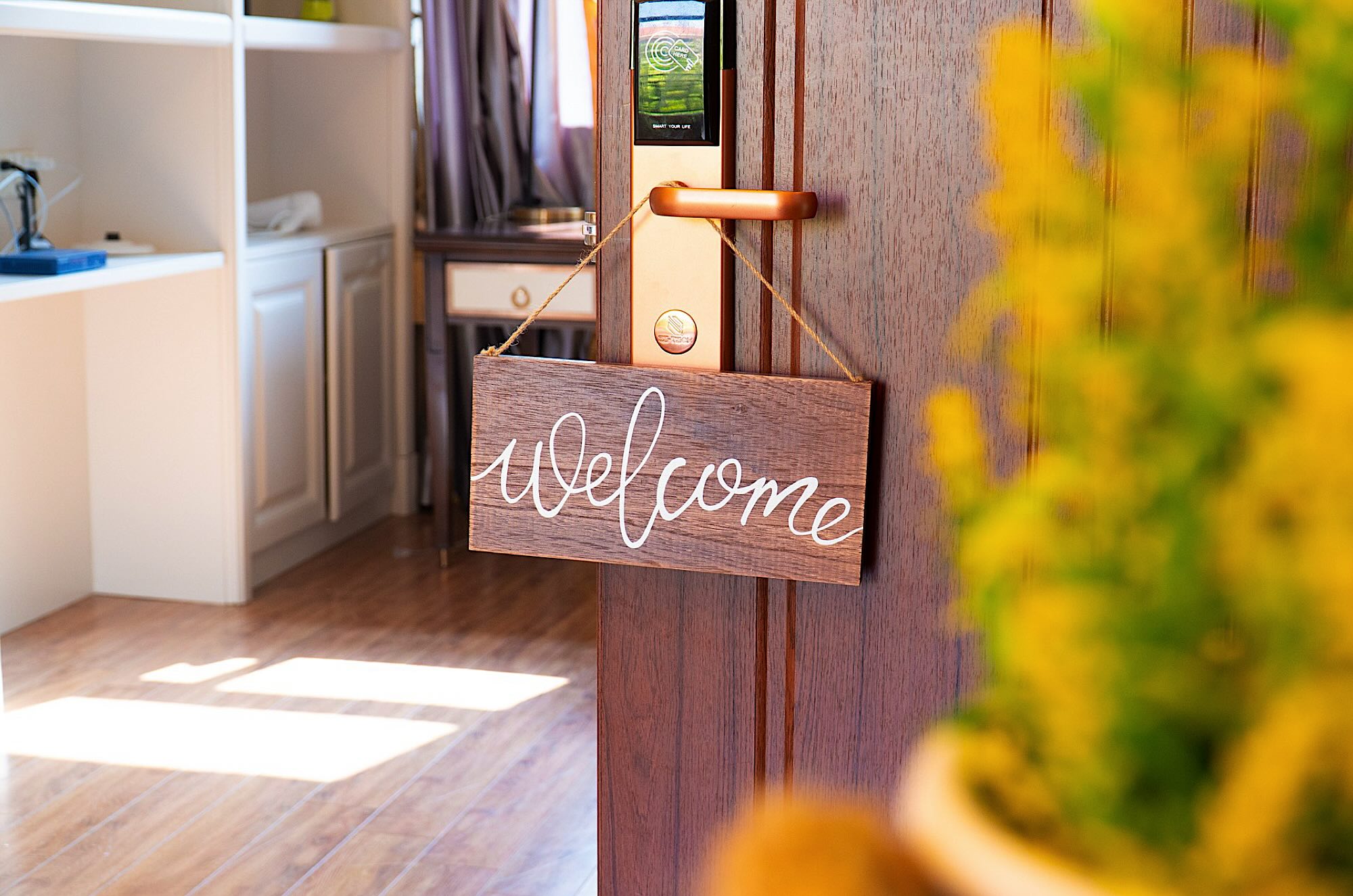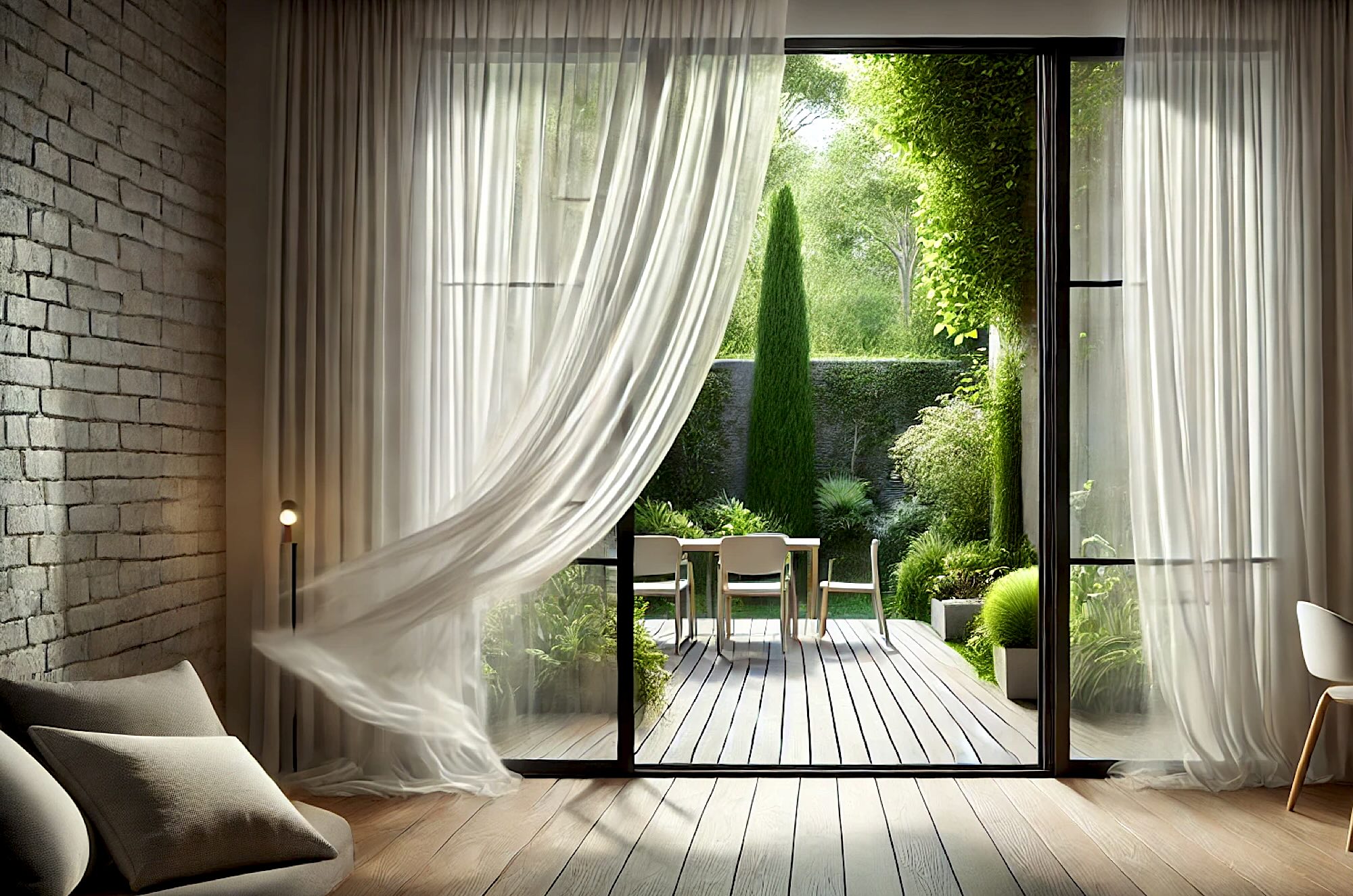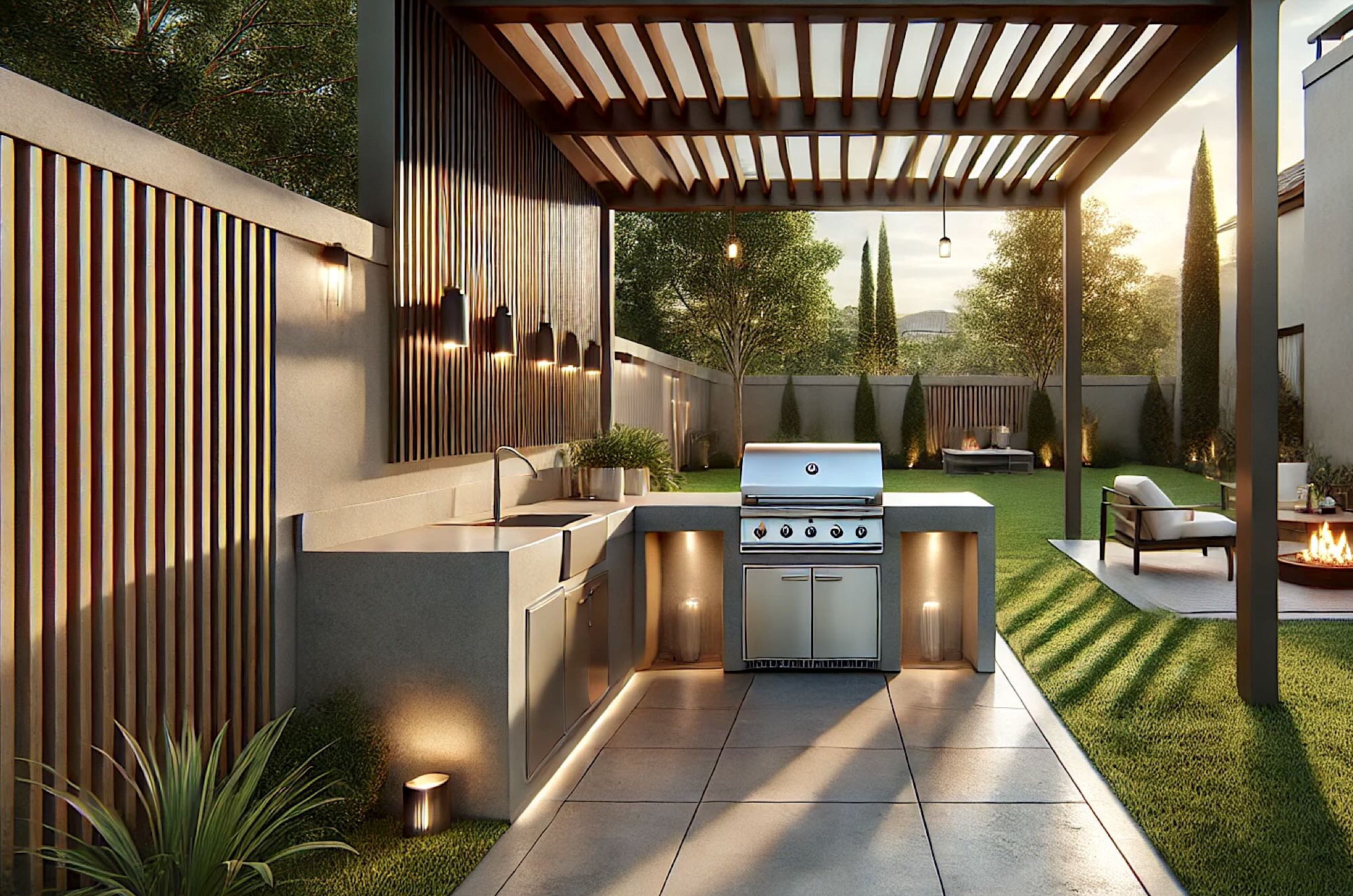Buying a home can be an exercise in priorities and value. Homebuyers are inundated with different comparable properties, each having it’s own value proposition. One predominant factor that more people are looking at is return on investment and total cost of ownership over a period of five to ten years. There are a number of factors involved when calculating the total cost of ownership including, but not limited to, the initial purchase price.
Region and neighbourhood play a large role in new and resale comparisons. In some areas a new home may be slightly less expensive due to land costs and labour availability, especially in the suburbs. However, when housing inputs are high, a resale home may be less expensive to purchase even when the home is located in an urban area.
Another factor in determining the value of a new or resale home is the expected operating cost. These include month-to-month expenses such as heating and cooling, minor repairs, and a contingency funds for major repairs. Don’t forget to include home improvements that might be needed to be to make your home more comfortable or feel more modern. New homes allow these costs to be amortized over time because future maintenance is included in the new home warranty as a guarantee of workmanship and materials.
According to the National Association of Builders, a new home may have annual operating costs equal to 3% of a new home’s cost. In comparison, a home built before 1960, may have operating costs of 6% or more. If you live in an area where heating and cooling costs are significant, new construction will include certification for energy efficiency and insulation. In Canada, the highest rated homes will have a LEED rating while older homes can be retrofitted with energy-saving grants and loan programs offered by the various levels of government.
In terms of customization, a new home offers the buyer the chance to personalize it. For budget conscious buyers, this is an opportunity to save money by using stock floor plans, leaving the basement unfinished, and choosing less expensive materials, such as carpet instead of hardwood floors. Buying off-plan with this method can keep your mortgage payments low while allowing you to dream about upgrades later when resources allow. This has been the traditional path on the property ladder and one that has been proven over the years to build equity while keeping home ownership affordable.
Affordability and being able to plan for expenses is a high priority for everyone. However, buying a resale home in a hot market can create problems for buyers, such as over enthusiastic offers or offers without standard safety clauses. Limited stock means buyers may choose to make compromises that can lead to buyer’s regret. These situations can be eliminated by purchasing a newly finished home or one that is yet to be built.
New home buyers don’t have to wait in line to make an offer. Most builders will ensure you receive VIP treatment each step of the way. While time overruns are not uncommon, if you’re flexible and willing to work with the process, it can be a much happier way to buy a home.
When you take into account all the factors, a new home can make more sense sometimes. When comparing new construction and resale, it helps to look at the whole picture. Perhaps new construction is just what you’re looking for!
Contact me today for more information on property developments in this area.





